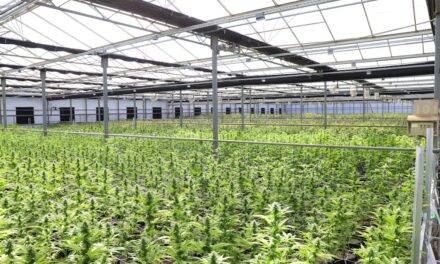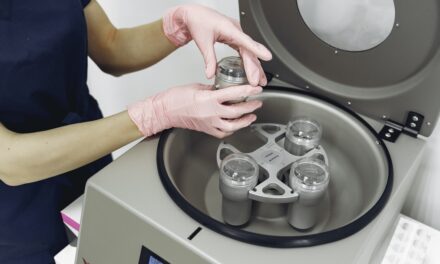RESTORE YOUR SECOND AMENDMENT RIGHTS
RESTORE YOUR PROFESSIONAL LICENSE
RESTORE YOUR DRIVER LICENSE
RESTORE YOUR PAST
Call our Office for a free case evaluation
Komorn Law (248) 357-2550
(tap here to call now)
Komorn Law practices in Both Federal and All Courts in the State of Michigan
Federally funded researchers have uncovered two methods to diversify the difference between hemp and marijuana to assist to crime labs. Because Hemp is legal, Marijuana is still a crime and the Government lives to divide everything.
The Controlled Substance Act of 1970 classified the plant cannabis, which was historically classified as either marijuana or hemp, as an illegal drug, a Schedule I controlled substance with a high potential for abuse and no FDA-approved medical use in the United States.
For more than 50 years, hundreds of thousands of people were arrested and imprisoned for possessing it.
317,793 Americans are arrested annually for possession of marijuana. Easy Target – Easy Money.
The Farm Bill of 2018 changed this straightforward classification of cannabis. The bill legalized the form of cannabis classified as hemp, while the form classified as marijuana remained illegal.
The task of determining the distinction has been assigned to law enforcement and forensic laboratories, a responsibility that has proven to be challenging, time-consuming, and costly.
Federally funded researchers have recently discovered advanced techniques to differentiate between marijuana and hemp by precisely detecting the THC levels in flower and edibles.
The National Institute of Justice (NIJ), an entity within the “Justice” Department, is actively promoting the results of two research projects that it funded, both centered around cannabis lab testing. These findings are now being shared exclusively with select law enforcement agencies.
The aim of the initiatives was to streamline the testing process in order to address the increasing crime lab backlogs caused by the federal legalization of hemp with up to 0.3 percent THC under the 2018 Farm Bill. This legalization has complicated cannabis-related cases, and thus the initiatives were implemented to help resolve these challenges.
Michigan Cannabis Tax Distribution
Current testing methods cannot accurately measure the so called exact amount of THC in a sample, as stated in the recent update by NIJ. However, the researchers they have funded have made a significant breakthrough.
Using gas chromatography-mass spectrometry (GC-MS) and direct analysis in real time-high-resolution mass spectrometry (DART-HRMS), they are now able to isolate the THC content, along with other cannabinoids.
This discovery marks a significant advancement in our ability to analyze and understand the composition of cannabis samples.
The GC-MS method was innovated by a team at the National Institute of Standards and Technology (NIST), establishing it as a reliable and authoritative technique.
They successfully extracted THC from a sample and utilized the test to determine the precise cannabinoid content.
In 2020, the DOJ initially announced its approval of $350,000 in funding for NIST to conduct this vital research.
The DART-HRMS tactic also tackles one of the emerging cannabis testing challenges in forensic labs. It enables researchers to accurately determine the THC content in various forms such as baked goods, candies, beverages, and plant materials, with minimal pre-treatment steps.
U.S. Customs and Border Protection (CBP) released a solicitation in 2022, seeking portable marijuana analyzers to swiftly identify cannabinoid profiles and aid in the differentiation between marijuana and hemp.
The Drug Enforcement Administration (DEA) announced in 2019 its search for a device that can accurately differentiate between hemp and marijuana, now that the former crop has been legalized.
As always… Follow the money.
More Posts
Taxes and School Policy in New State Budget
DUI - Traffic - Resisting - Any CrimeBetter Call KomornMore, More, More, More, More, More, More,...
Michigan lawmakers looking to revive “junk science” roadside drug testing
Michigan motorists could soon face roadside saliva drug tests, despite research indicating that...
No Sheet Sherlock
Better Call KomornAnything but air is badCannabis smoking poses fewer pulmonary risks than tobacco...
You likely won’t be told if your weed failed mold test.
You likely won't be told if your weed failed mold test.Michigan marijuana regulators are missing...
We Know What You Did – Last Time We Looked
Better Call KomornThe Kingpins always watch their business Will the budtenders and trimmers soon...
Auction-Style Marketplace for Bulk Buying and Selling Cannabis
Got a Tough Legal Defense Case?Better Call KomornNew Auction Marketplace for Bulk Buying and...

















